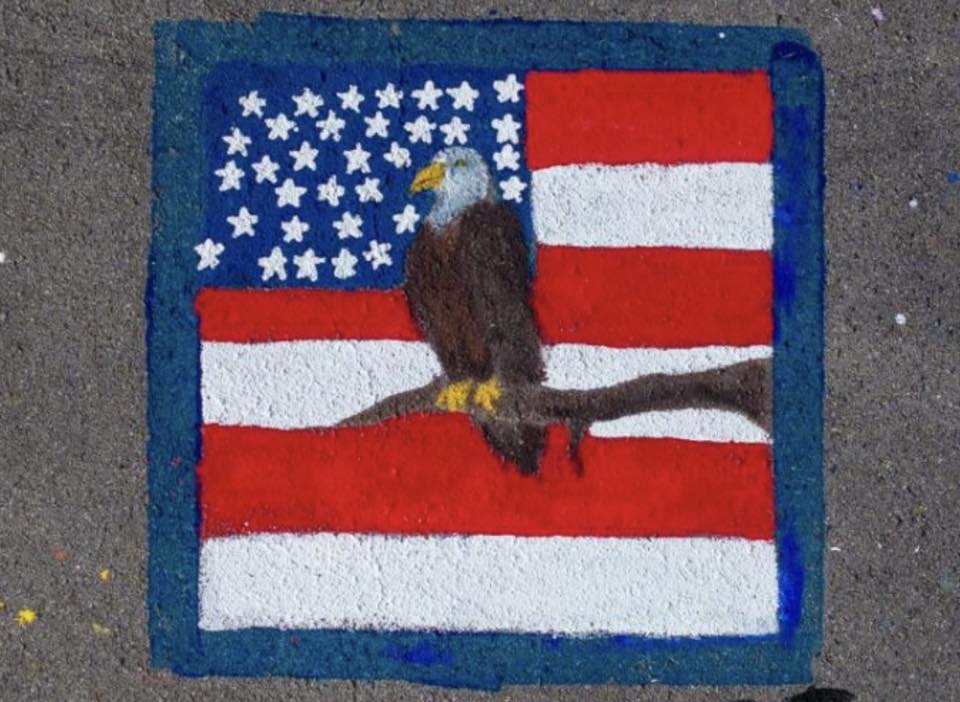Personal Affects
Published 7:23 am Saturday, March 10, 2018
BY JERRY SAMPSON
Question: Jerry, well, I was shocked last weekend. A few friends and I went to the BGT (Blue Grass Trust) Antique Show and went out to lunch. I couldn’t believe that I saw a Henry Faulkner painting in a booth priced for something like $25,000!
I remember Henry Faulkner when I worked at UK in Lexington back in the early 1970s. He was easy to spot with his goat. The same goat that was featured in this painting. Is this the same guy? How and why did his work go up to such a value? I could have bought his paintings from the artist himself back in the day.
Trending
How can I keep my eyes open for the up and coming talent? Thanks. You don’t have to print this if you don’t want, I was just curious.
 Answer: Well, I certainly do want to print this question, as it’s an excellent one. We’ve got a lot of ground to cover in a short space.
Answer: Well, I certainly do want to print this question, as it’s an excellent one. We’ve got a lot of ground to cover in a short space.
Yes, that is the same Henry Faulkner that you saw in Lexington with his goat. Again, you are correct, his values have sky rocketed in the past decades.
Now to the real meat of your question, the how and why part. There are two main reasons how an artist’s work CAN take off in value. Talent is not one of them.
Let me say this, there are many, many highly talented and skilled artists in this ol’ world that will never attain any recognition, fame or wealth from their works. They just won’t. Why you say? You might be thinking, “You mean to tell me, that if there is another Monet or Pollock out there, working and producing, that they may never have any fame from it?”
Yep. Because of two things that I alluded to earlier. One is scholarship / public recognition. For any artist to be even a minor success they have to really be out there pounding the pavement. They have to produce, exhibit, show, feature, work some more, exhibit more and work more and produce more. They have to be in the public eye. Talented or not. Sadly, many times the public is simply not looking.
Trending
The second is MONEY. If many of the old masters and impressionist artists didn’t have patrons, they would never have had any success. It takes money, sometimes a lot of money. Money for supplies, the ability to have the time to work, exhibits to open, palms to grease, places to go, more supplies, books, catalogs and articles to write and print and the list can go on and on.
Ever heard of the term starving artist? That’s why.
That’s why many artist, and I personally think, the smartest ones, obtain personal success and not commercial success. Because to make a success of an art career it takes money and many beginning artists don’t have it.
There is a third needed thing — luck. Just plain, simple or complicated, luck.
In regards, to what to look for in future artists. It’s a simple adage — buy what you like. If it’s worth money, great! If not, you still have something you enjoy! Thanks for a great and seldom asked question.






